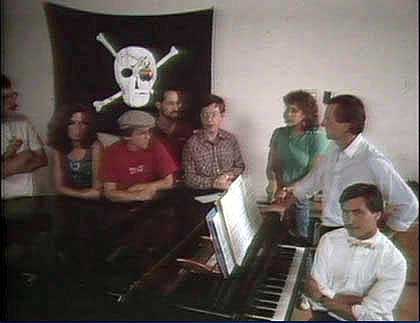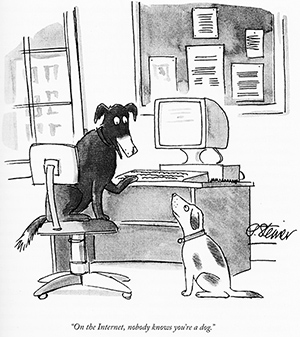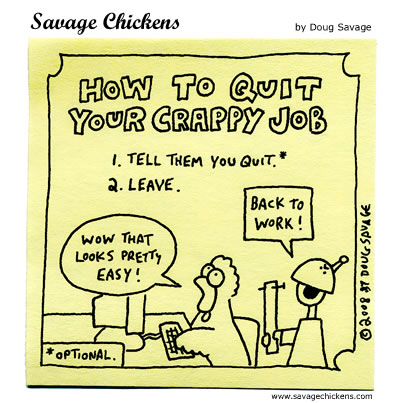
The original SPAM – Shoulder of Pork and Ham.
Spam has been around almost since the Internet went live. In fact, I’d probably wager the first spam message was sent the day after the Internet went live! And I’d likely lose that wager. According to Digital Trends, the first spam message was probably sent in 1978 over the Internet precursor, ARPANET. Six years ago, in 2015, spam traffic accounted for some 85% of all Internet traffic. Whew!
Spam email isn’t news and it isn’t new. So, why am I writing about it now? Simply for the fact that spammers today seem to have adopted a common practice: Sending emails masquerading as “welcome” messages. In essence, the unsolicited email arrives in one’s inbox and reads something like this: “Welcome to the XYZ slimy product and service company. We value your privacy and respect your time, so we won’t pester you needlessly. If you wish to unsubscribe from our mailing, please click here,” with the “here” containing a link. Which one should absolutely not, ever, never click!
The warped humor I find in these mails is the opening assertion – a “welcome” message, as if I’d actually gone to so-and-so’s web site and signed up for something. Then, as if the message was responding to this ridiculous assumption, the smooth language meant to assuage and fears and calm the recipient down. Many of these bogus emails contain some sort of “legalese” text suggesting one can read their privacy terms and so on. Again, never, ever click on a link in a spam message.
The “unsubscribe” offer is exactly the opposite. By clicking to “unsubscribe” to email one never subscribed to in the first place, is a guarantee that your email address will be validated and then sold to spammers worldwide. You might as well close your email account now, because if you think you get a lot of spam now, be prepared for the tsunami…
By now you’d have thought most people would understand this, but the mere fact these spam messages continue says two things: (a) There must still be gullible people in the world, and (b) the cost of sending these messages by the thousands (millions?) is so low that it is made up for by a very small percentage of people clicking on the links in them.
It wasn’t my intent to make a product recommendation, but it occurred to me now, so here it is: I have been using a software program called SpamSieve since it first came out in 2002!
Rein in your spam with SpamSieve
I’ve run it on every Mac I’ve owned since, and it has never failed, never caused problems, and continues to be updated nearly twenty years later. It cost $30 and has paid for itself many times over. Macworld called it a “must-have spam filter,” and I agree. One can “train” it to a wildly specific degree, or set it up to use its defaults. Either way, it’s unobtrusive (starts automatically when the email program launches) and never shows its “face” until an update is available.
All in all, in this day of inboxes overflowing with spam, it’s nice to have something that will just stand guard and move it aside until one is ready to give the junk a once-over and delete it permanently. Maybe that’s why I find these “welcome” messages less than unwelcome.










